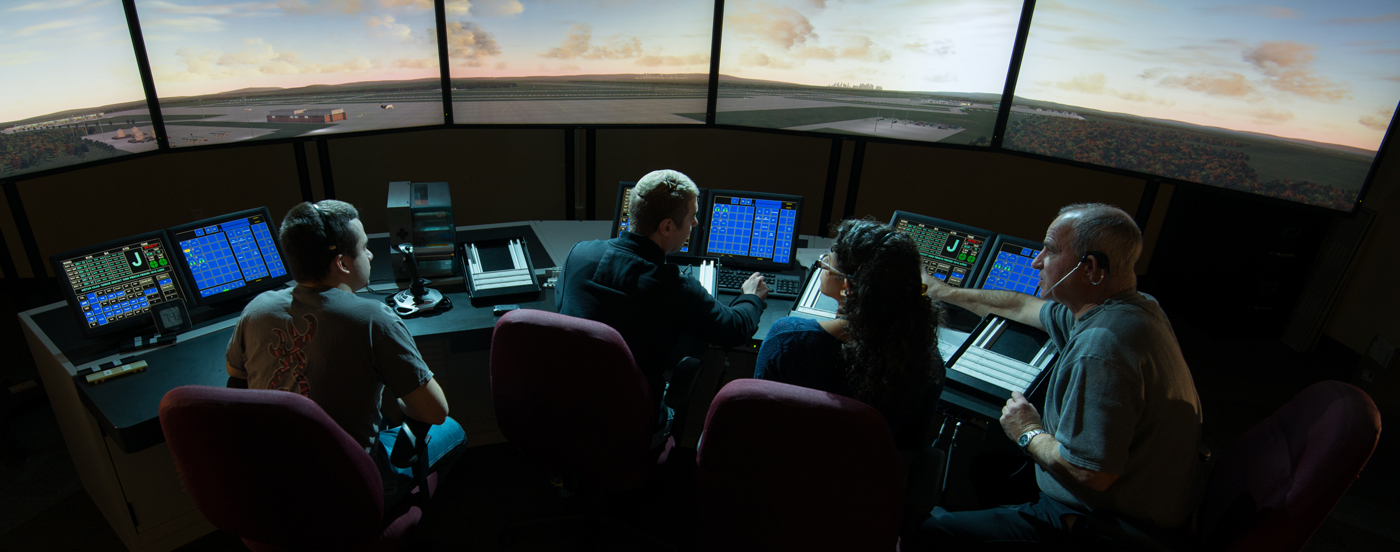The Federal Aviation Administration (FAA) and the National Aeronautics and Space Administration (NASA) Bring Hope to Search and Rescue Missions
The aviation industry may have a renewed “beacon” of hope for search and rescue missions. Recently, the FAA has incorporated recommendations by NASA’s Search and Rescue (SAR) to install and maintain Emergency Locator Transmitters (ELTs) on airplanes. These NASA-designed satellite-aided search and rescue beacons―or ELTs―are instrumental in saving lives when it matters most and improving overall aviation safety.
Taking a renewed look at ELTs performance
Developed by NASA over 40 years ago, ELTs are beacons that are designed to automatically transmit distress signals to satellites in the event of a plane crash. In the past, the failure of some ELTs to work properly shed renewed light on the beacons’ safety and performance issues. As recently as 2010, a sea plane carrying nine passengers crashed in Alaska, claiming the lives of five passengers, including former U.S. Senator Ted Stevens. Former NASA administrator Sean O’Keefe was among the four survivors. The failure of the plane’s ELT to activate stranded the survivors for a harrowing 12 hours until they were found by search and rescue teams.
Crash course in ELT research
The 2010 Alaska accident sparked NASA’s SAR team to launch a comprehensive study of ELT nonperformance. After reviewing thousands of crash reports, the SAR office determined that ELT failure was responsible for the loss of about 58 lives each year. Such tragic news set the wheels in motion for SAR to use NASA aeronautics expertise to study ELTs in simulated crash conditions. Using three decommissioned Cessna 172 aircraft at the Landing and Impact Research Facility―also known as the “gantry”―at NASA’s Langley Research Center in Hampton, Virginia, the SAR team hoisted the planes at varying heights and crashed them from three different configurations into a slab of dirt. With numerous ELTs installed on each plane, the SAR team studied each beacon to determine survivability and the causes of ELT failure in aviation distress.
Improving survivability and airplane safety
Imagine taking the search out of “search and rescue?” The survivability study revealed how making only a few adjustments to the installation would greatly improve ELT performance and airplane safety. Some of the ways the SAR team adjusted the installation of ELTs to improve performance included:
- Mounting the ELT to a more rigid structure to decrease the likelihood of shear and cable detachment
- Adding relief hooks to cabling to give the cable the slack it needed to prevent it from unplugging from the ELT
- Adding an inexpensive fireproof sleeve to cabling to add vital minutes of ELT transmission in the event of a fire
Taking Next-gen SAR technology out of this world
NASA’s continuing efforts in ELT technology could take the second-generation of distress beacons to the moon. The SAR office is developing next-gen beacons that will use a new constellation of satellite-based search and rescue instruments. These new miniature beacons will offer significantly improved location accuracy and detection times. This exciting development will not only take this next generation of beacons worldwide, but out of this world―literally―as NASA is planning on using them on Artemis astronauts’ life preservers to ensure their accurate location upon splashdown from the Orion capsule.
Interested in supporting aerospace initiatives like this? An engineering and technology degree from Vaughn College will open the door to many opportunities involving the design and construction of aircraft equipment. Many Vaughn mechatronic engineering graduates become interns at NASA’s Goddard Space Flight Center, such as Joseph Kamel. Explore all the possibilities of a futureproof career at Vaughn.
REFERENCES:
https://www.nasa.gov/feature/goddard/2019/faa-adopts-nasa-aviation-distress-beacon-recommendations

